
“War/Photography: Images of Armed Conflict and Its Aftermath,” is a huge, tough-minded and very moving new show at the Museum of Fine Arts, Houston. It lays out the ways cameras have been put to use during 165 years of world wars, undeclared hostilities and barely organized fang baring. Cameras turn out to be the transformer tools of warfare, adaptable as battlefield aids for reconnaissance and surveillance, as peerless instruments of propaganda and, above all, as a means to witness the atrocious facts of war. You may not be able to end war with a camera, but you can do a lot of useful things with one — even tell the truth.
Instead of being organized chronologically, the Houston show suggests that war is better considered as an eternally recurring narrative. It divides its story into chapters, from prewar buildup through postwar remembrances, with wars from all periods combined in each. The weaponry evolves from sabers to torpedoes to rocket-propelled grenades. (For the record, sharpened steel is forever.) The photo equipment changes from 19th century box cameras to cell phones and satellites. But the fundamentals of war — brutality and suffering, grief and self-sacrifice — don’t change much. They haven’t since the first time a caveman figured out how to use a rock.
The main problem for war photography today is image overload. The tidal wave of pictures all around us, with every cell phone adding to the deluge every day, threatens to make even atrocity photos into just more pictures, as morally weightless as the movie stills they so often resemble. For all that, the scores of unforgettable pictures in “War/Photography” make clear that even in a world that contains too many pictures, pictures of war, the best ones, still have the power to stir your emotions. They may not be able to compel any particular judgment about the wars they represent, but they can insist that attention must be paid. After that, if photos by themselves can’t stop war — and they can’t — then the fault is not in our pictures but in ourselves.
(MORE: Read more of Richard Lacayo’s take on the show.)
WAR/PHOTOGRAPHY: Images of Armed Conflict and Its Aftermath is on view at the Museum of Fine Arts, Houston until Feb. 3 and will then move to Los Angeles, Washington and Brooklyn.
Richard Lacayo is an art critic and editor-at-large at TIME.


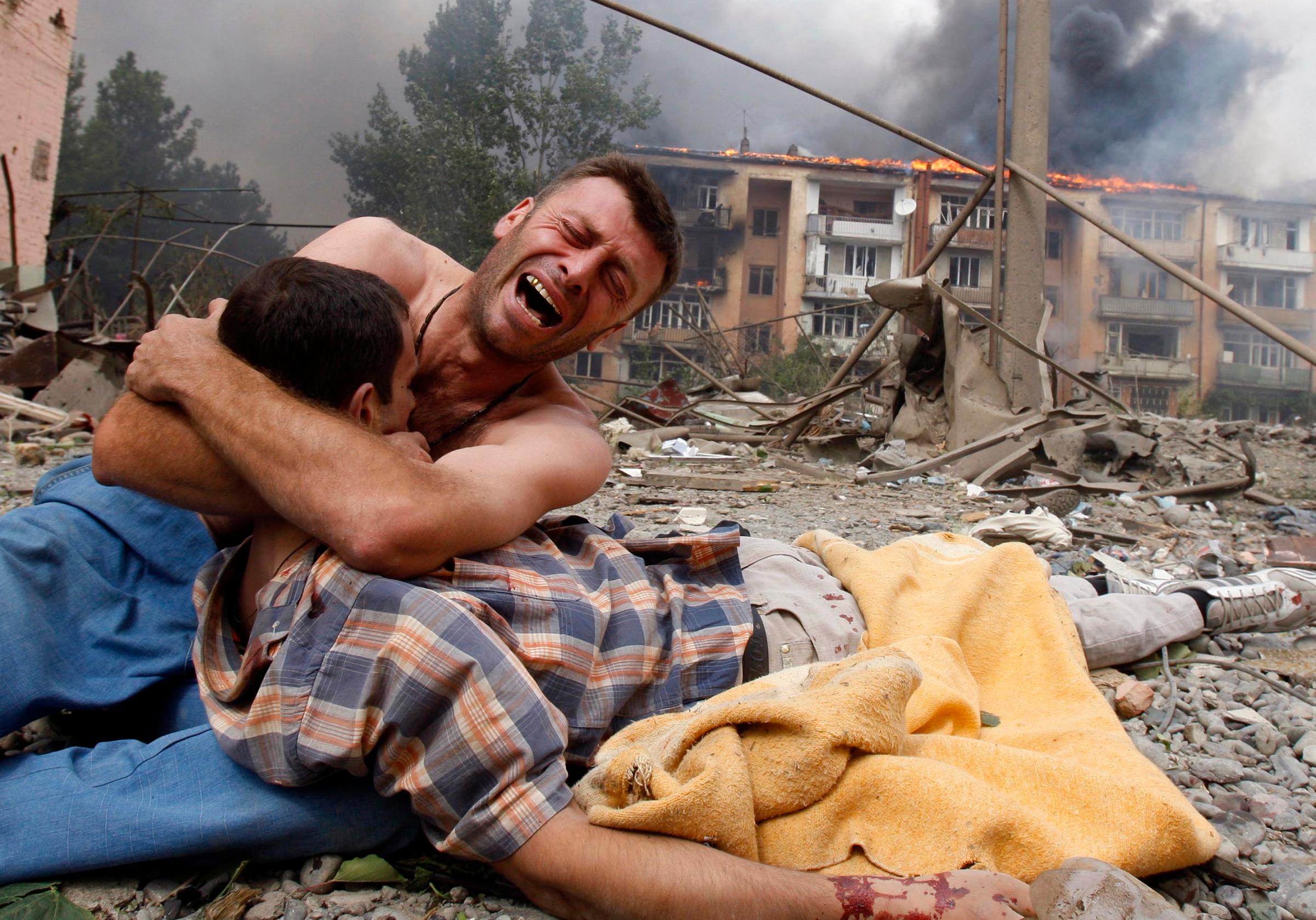
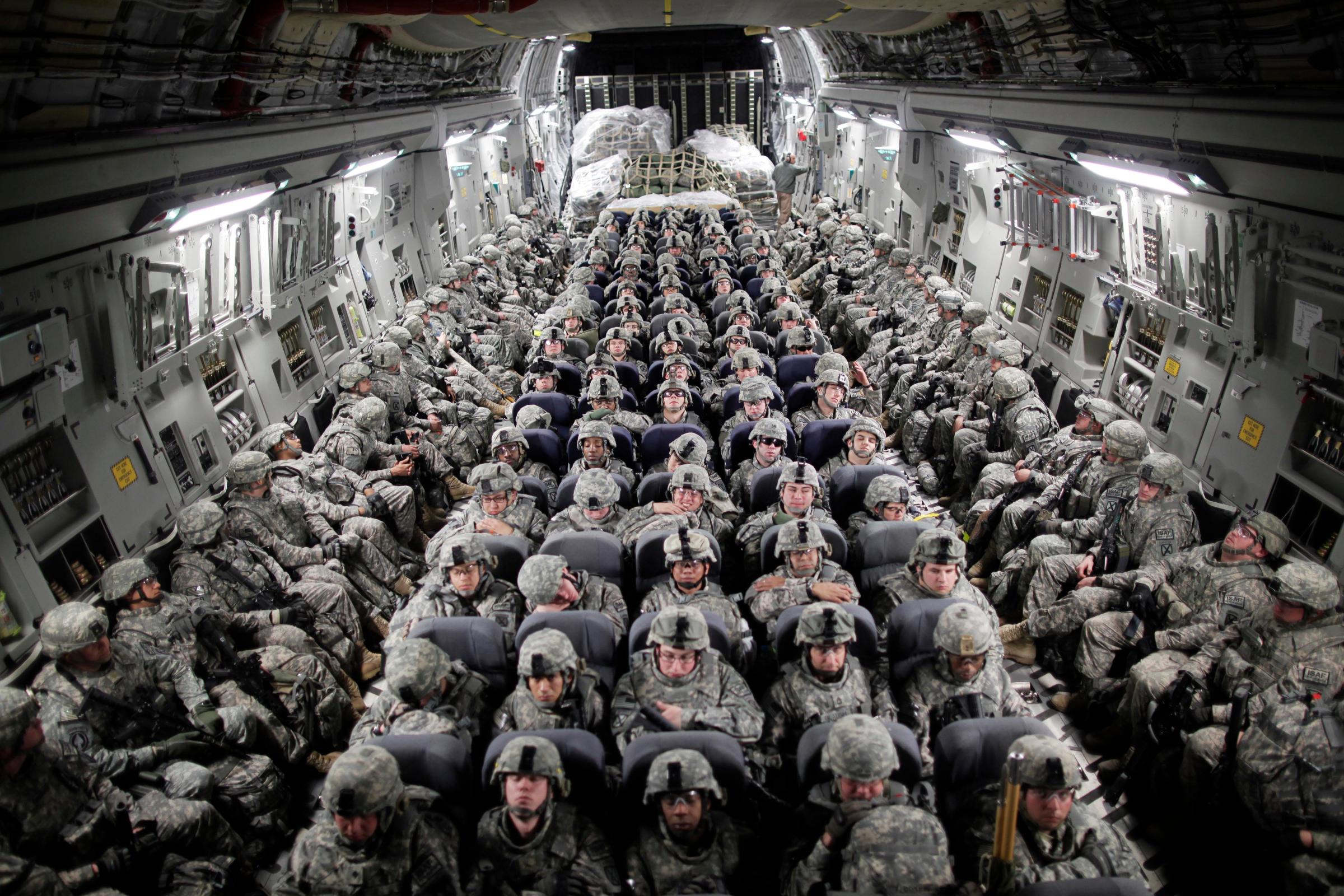
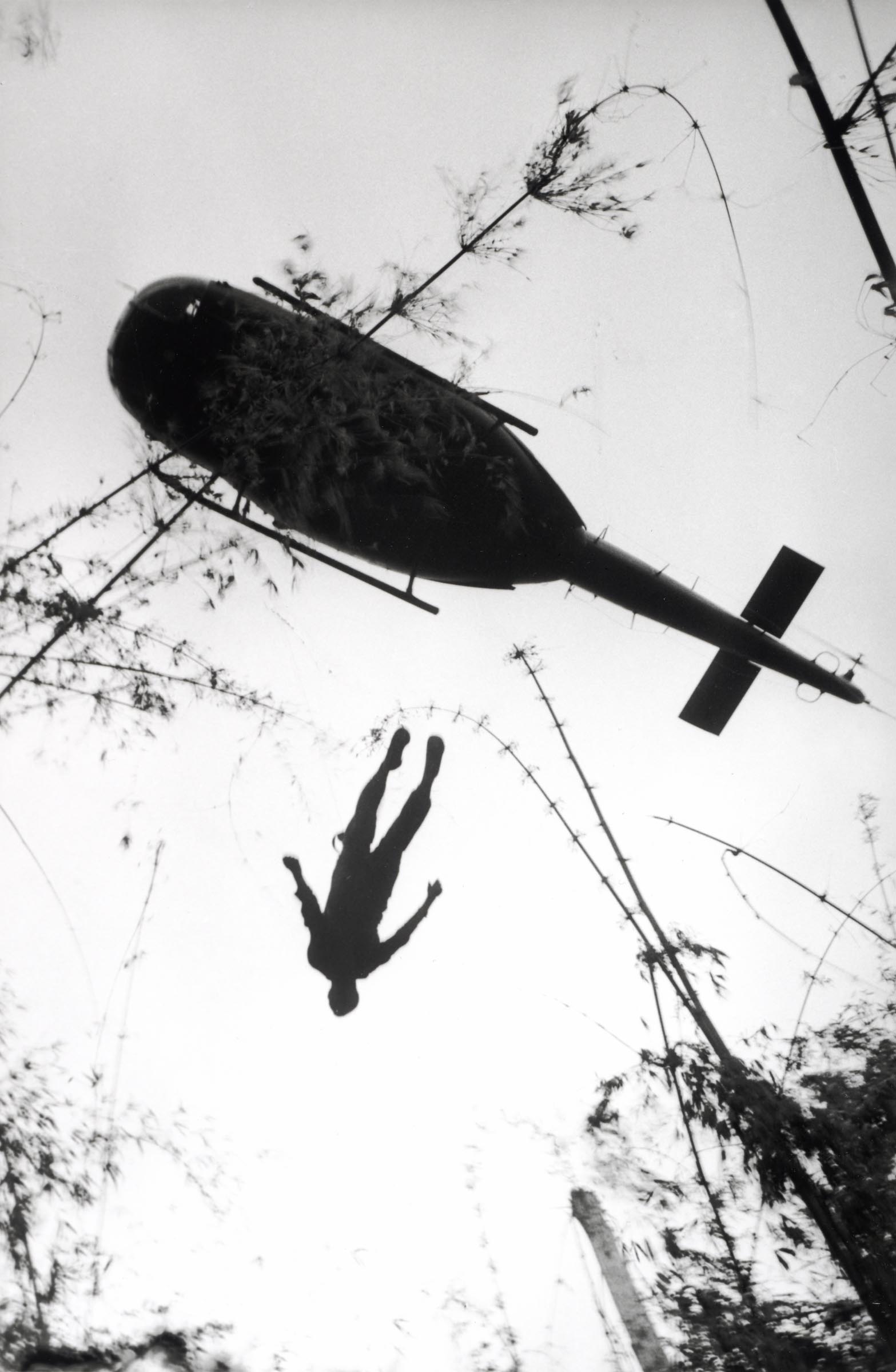

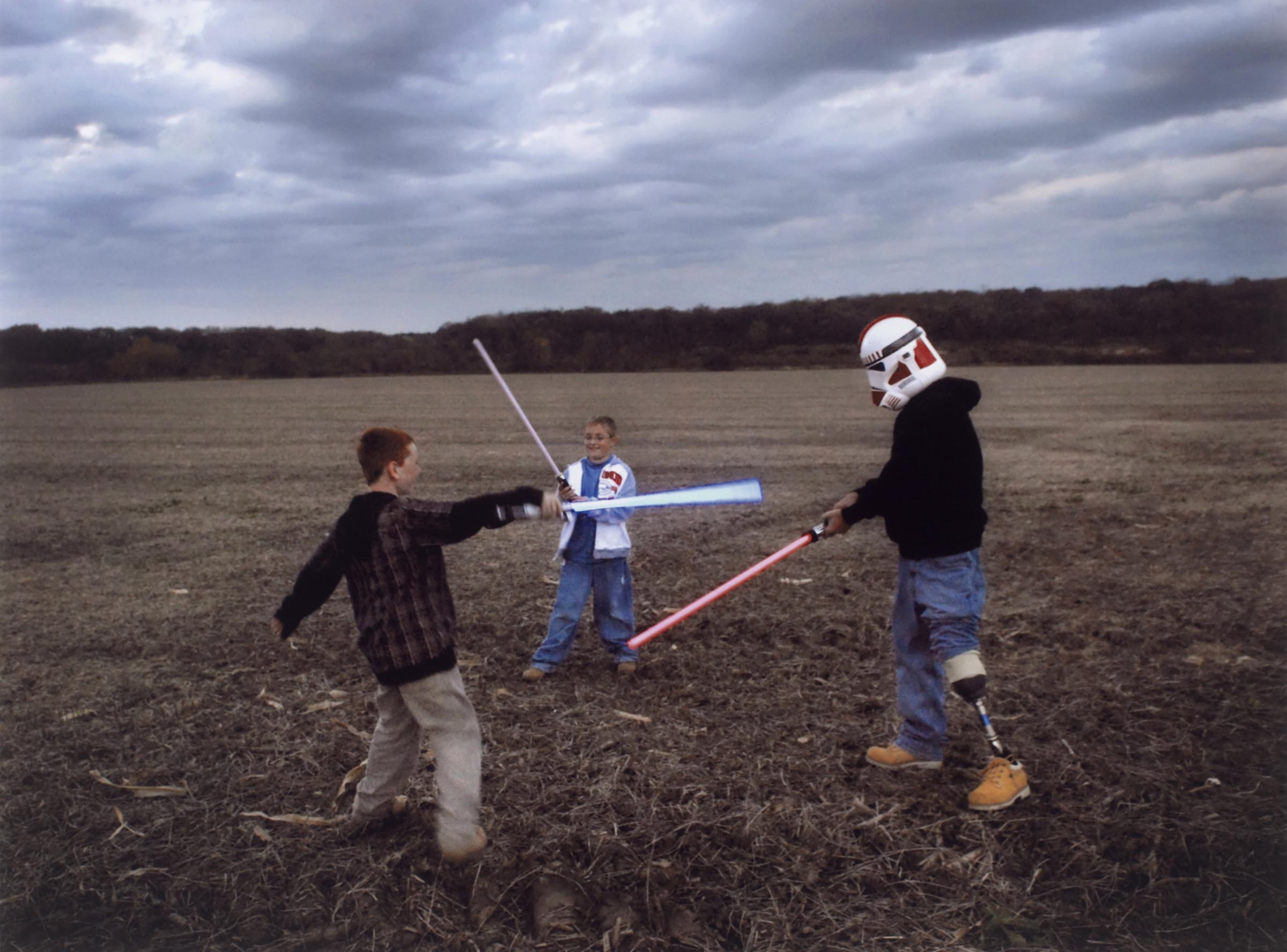


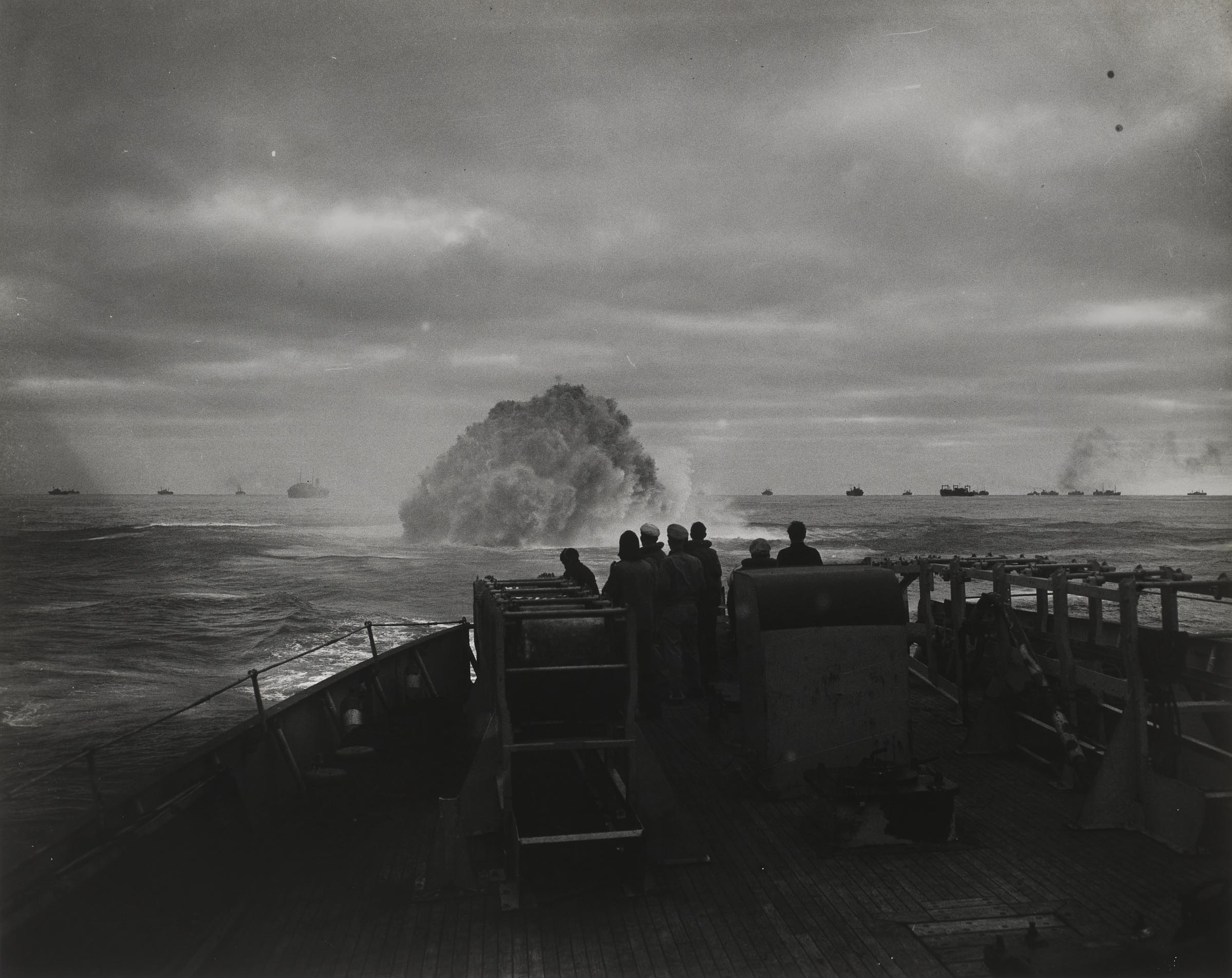
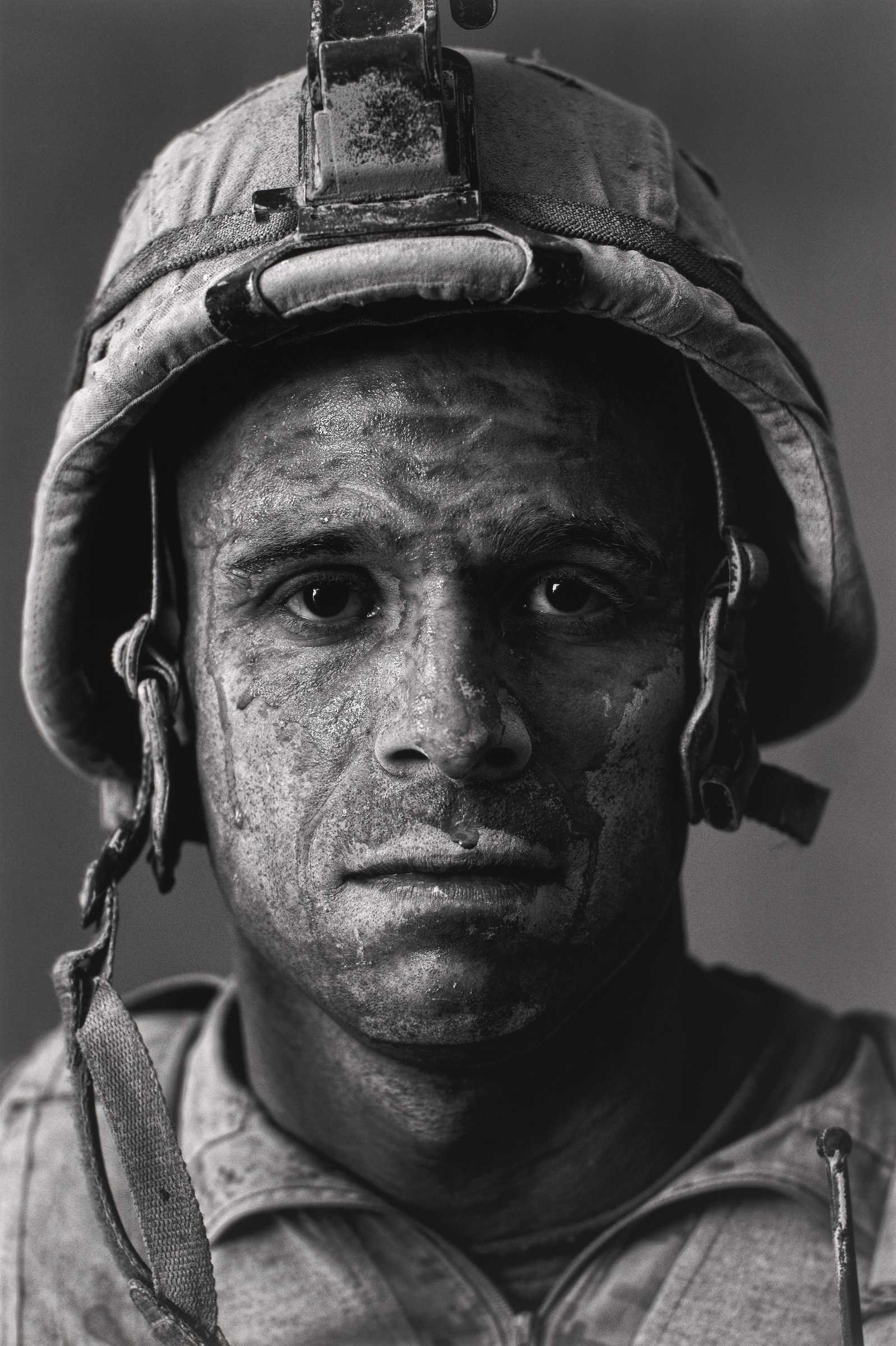
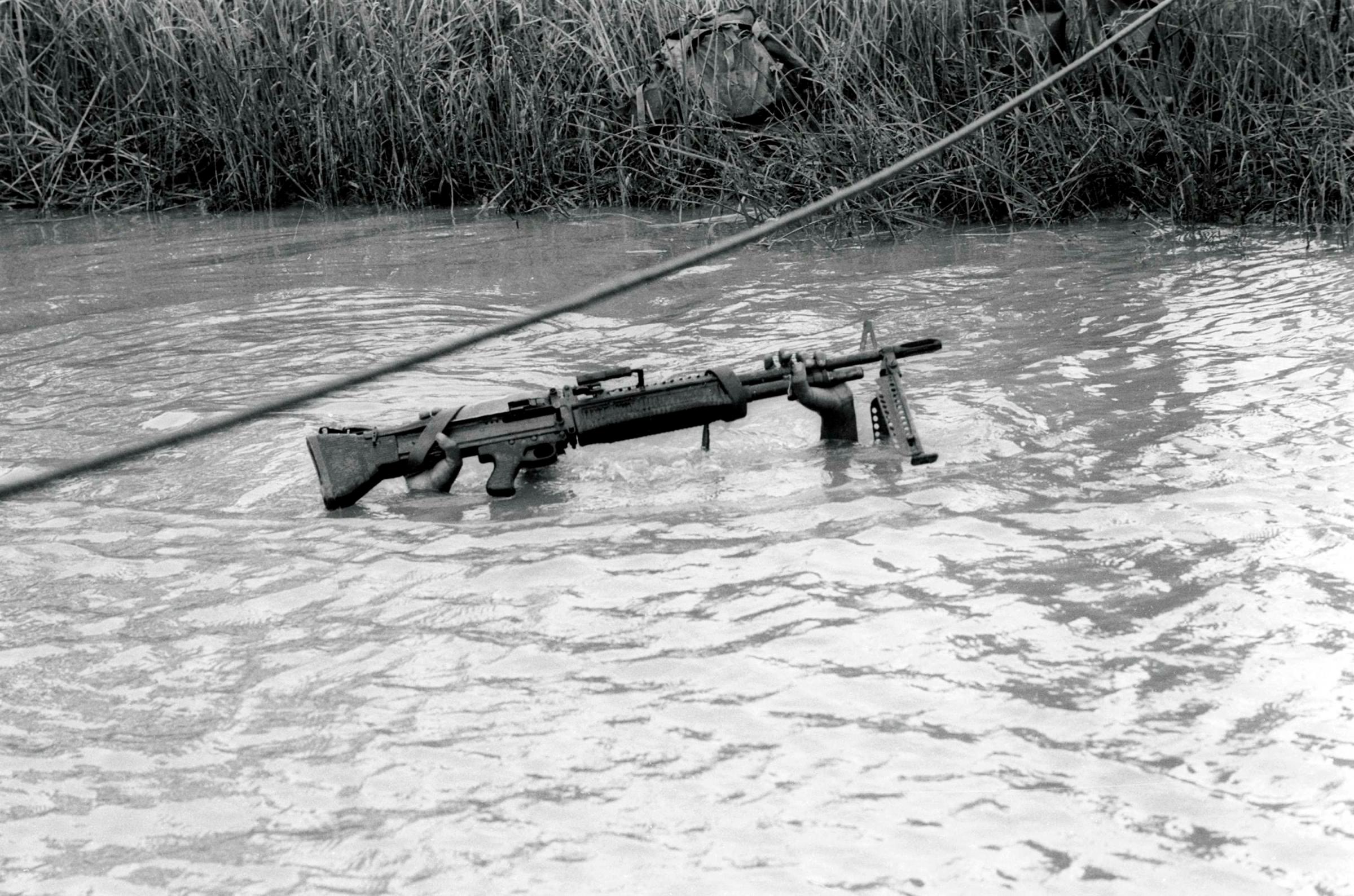
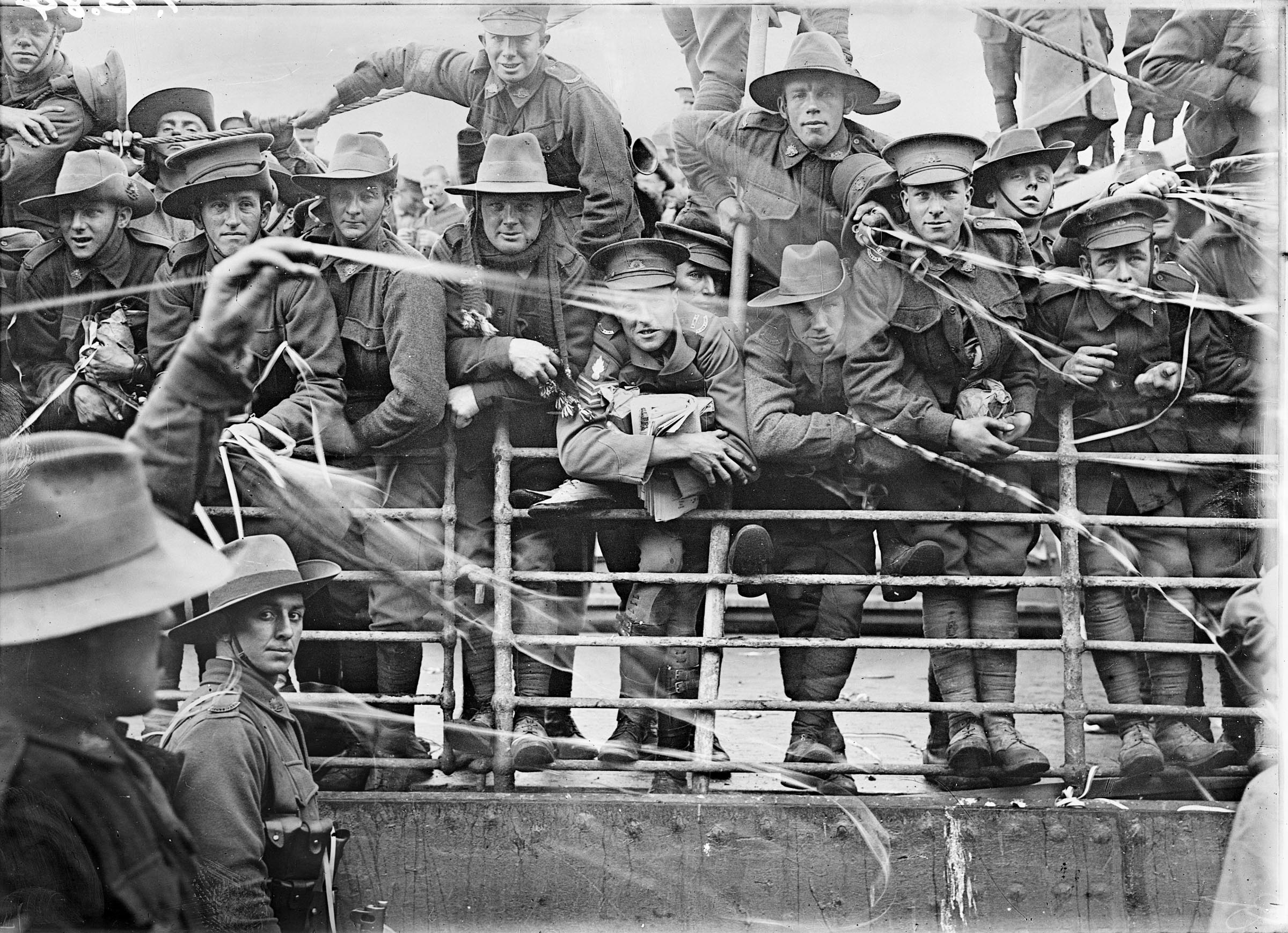
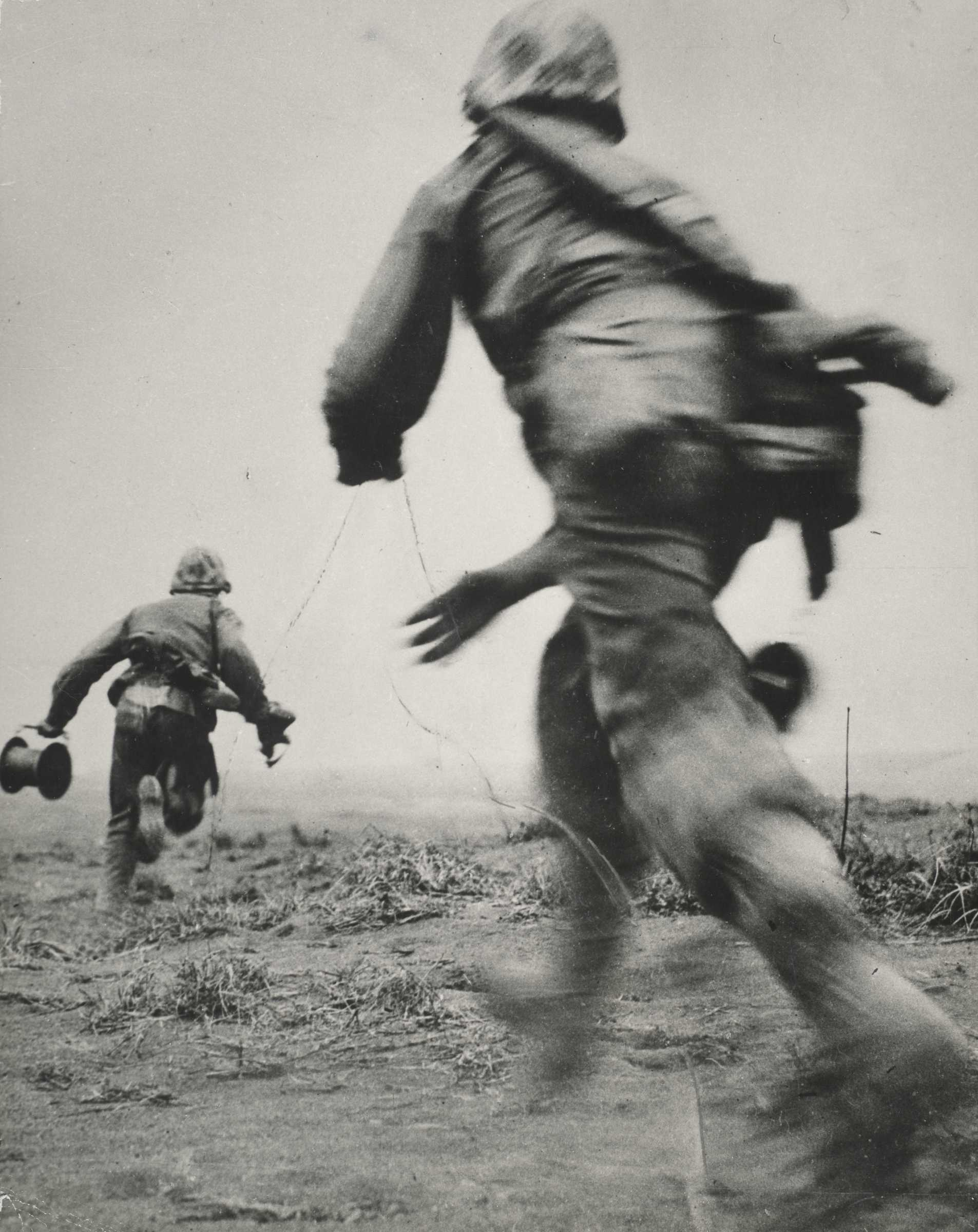
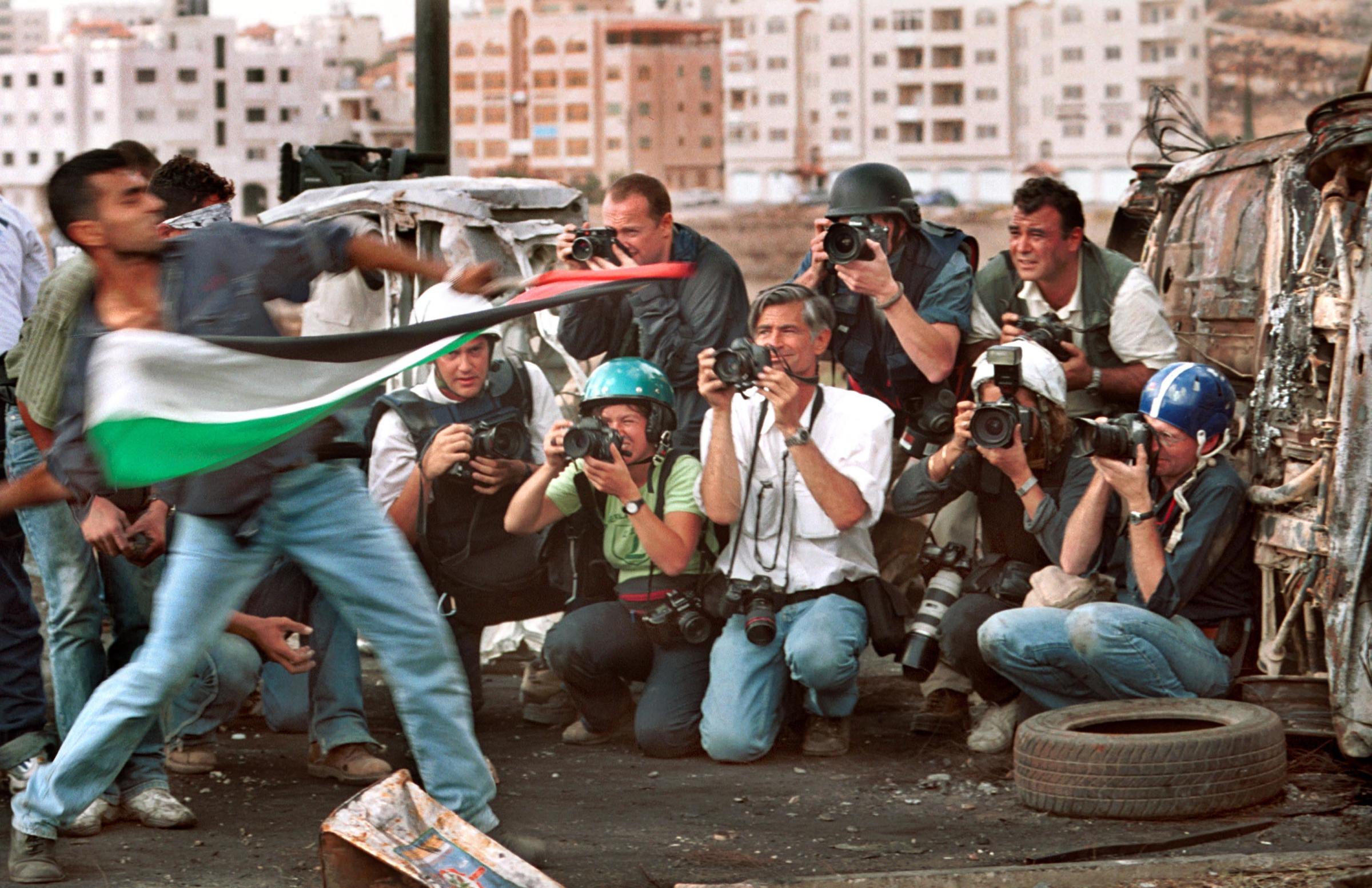
More Must-Reads from TIME
- Cybersecurity Experts Are Sounding the Alarm on DOGE
- Meet the 2025 Women of the Year
- The Harsh Truth About Disability Inclusion
- Why Do More Young Adults Have Cancer?
- Colman Domingo Leads With Radical Love
- How to Get Better at Doing Things Alone
- Michelle Zauner Stares Down the Darkness
Contact us at letters@time.com